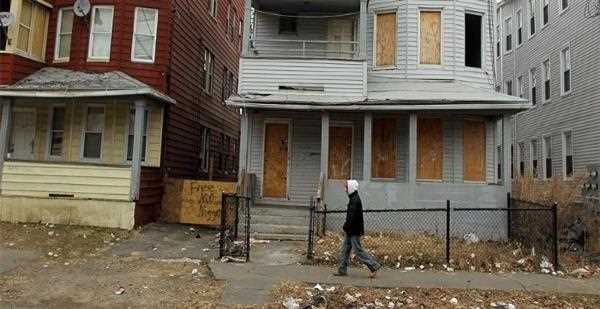Inner-city
poverty is a complex and multi-layered issue. There are many factors that contribute to poverty in America's inner cities. Inner-city poverty is a growing problem in America. According to a recent study, the number of people living in poverty in urban areas has increased by nearly 50% since 2000. This is a troubling trend, and it's one that shows no signs of slowing down.
There are a number of factors that contribute to inner-city poverty in
America. These include historical racism, , job loss, the rise of the criminal justice system, lack of access to quality education, and affordable housing are all major contributors to the problem.

- Racism is a structural problem that has always been a part of America. The legacy of slavery and segregation has created a system in which people of color are at a disadvantage. This is compounded by redlining, which is the practice of banks refusing to lend money in certain neighborhoods. This has led to a lack of investment in these communities, and a decline in property values.
- Job loss is another major factor in inner-city poverty. The manufacturing jobs that once sustained these communities have disappeared, and they have not been replaced. This has led to a decline in the standard of living and an increase in crime.
- The rise of the criminal justice system has also had a profound impact on inner-city poverty. The war on drugs has disproportionately affected people of color, and the resulting mass incarceration has broken up families and communities.
- Inner-city schools are often underfunded and lack the resources of their suburban counterparts. This leads to a vicious cycle in which poor children receive a inferior education, which in turn makes it harder for them to find good jobs as adults.
- Housing is also a major issue in inner-city neighborhoods. Affordable housing is in short supply, and many families are forced to live in substandard housing. This can lead to poor health,
crime, and other problems.
All of these factors contribute to the cycle of poverty in America's inner cities. They create a situation in which people are trapped and lack the resources to escape. This can have a profound impact on their health, education, and overall well-being.
There is no single solution to the problem of inner-city poverty. addressing the issue will require a multi-pronged approach that includes investment in education, job training, economic development, and affordable housing. Additionally, we must work to address the systemic racism and discrimination that have contributed to the problem. Only by addressing all of these issues can we hope to make a dent in the problem of inner-city poverty.